The interviews I conducted for this project were a profound and transformative experience. Each conversation offered unique insights into the complex and ongoing crisis of missing and murdered Indigenous women, girls, and Two-Spirit people in Canada. These interviews not only deepened my understanding of the systemic issues at play but also highlighted the incredible resilience and strength within the affected communities. Below, you’ll find brief introductions to the individuals who generously shared their stories, perspectives, and wisdom with me.
Interview with Ann Saddal
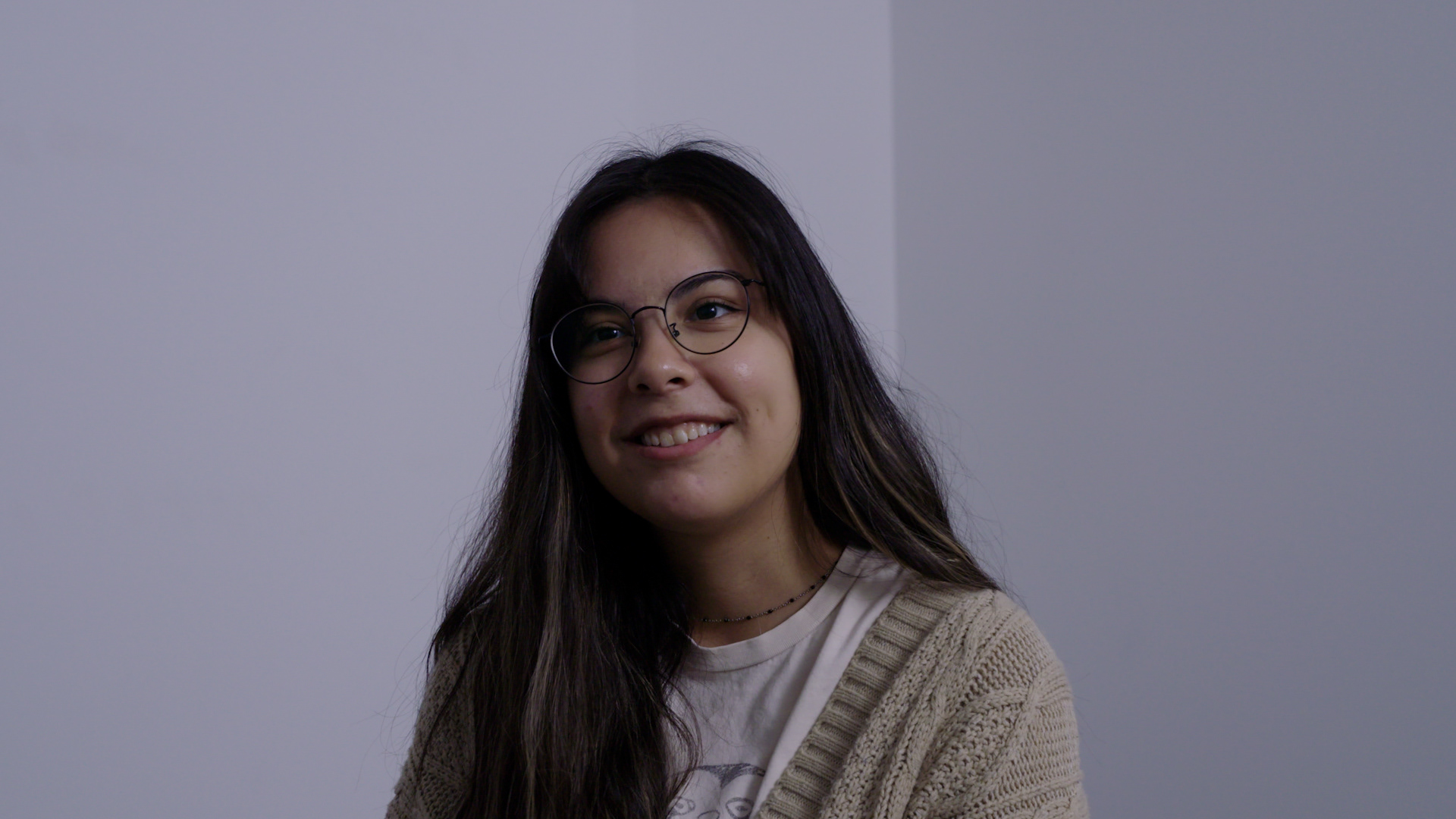
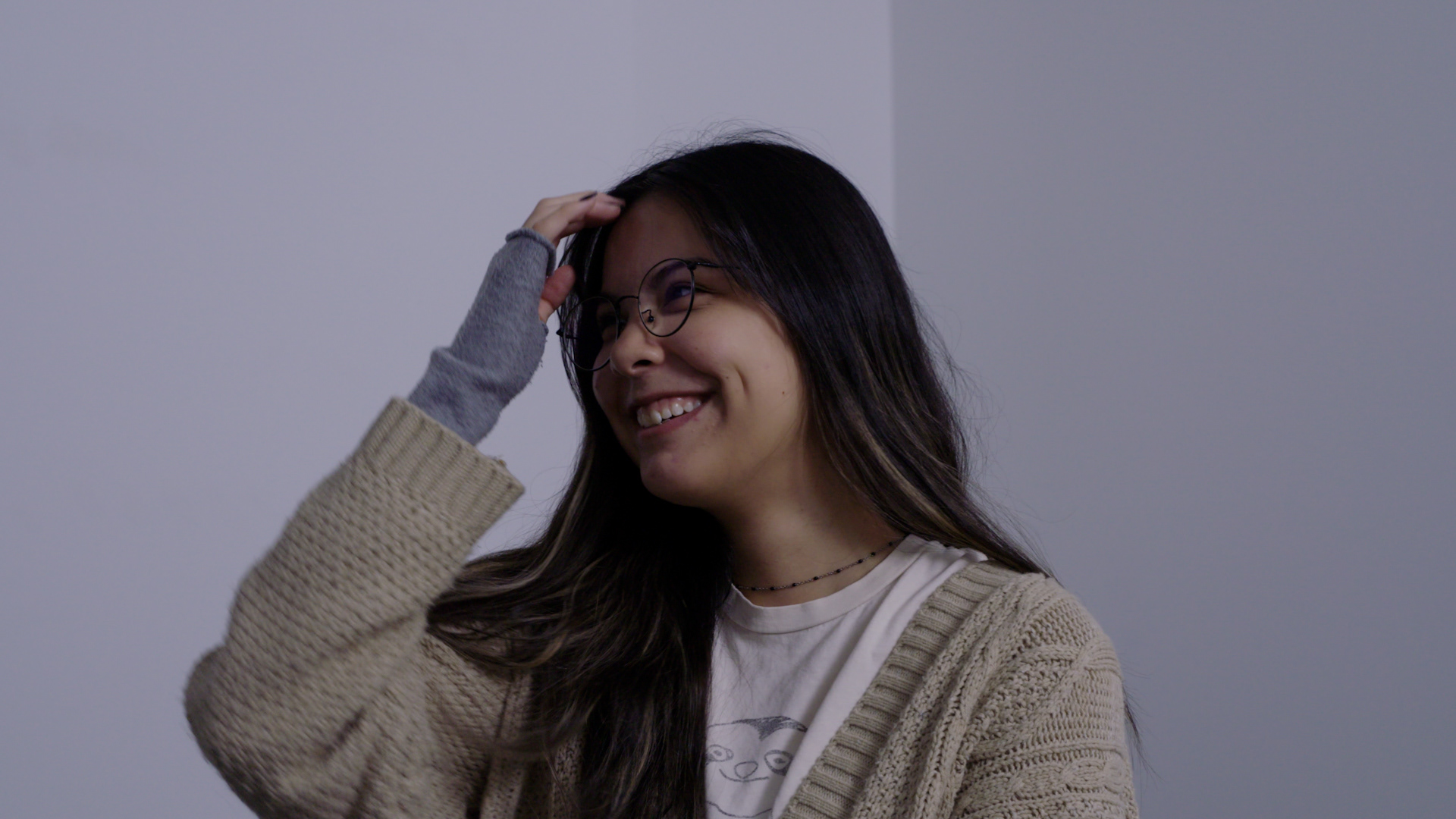
Anne was the first person I interviewed for this project, and our conversation became the foundation of my journey into exploring this crisis. She opened my eyes to the sheer scale of the violence and the deep-rooted systemic racism that allows it to persist. Through her, I began to understand the lived realities of many Indigenous families and the urgent need for greater awareness.
Interview with Gladys Radek
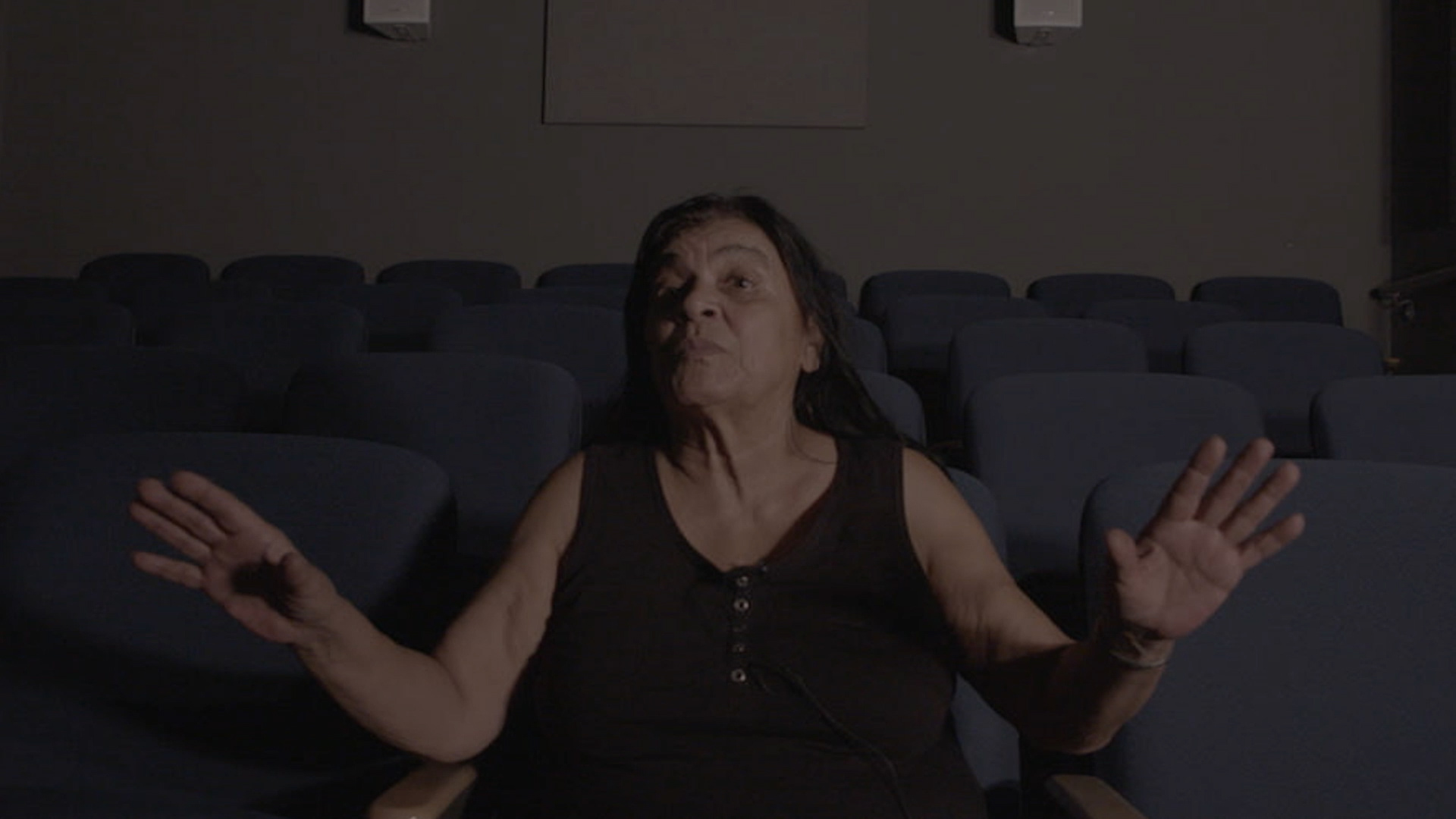
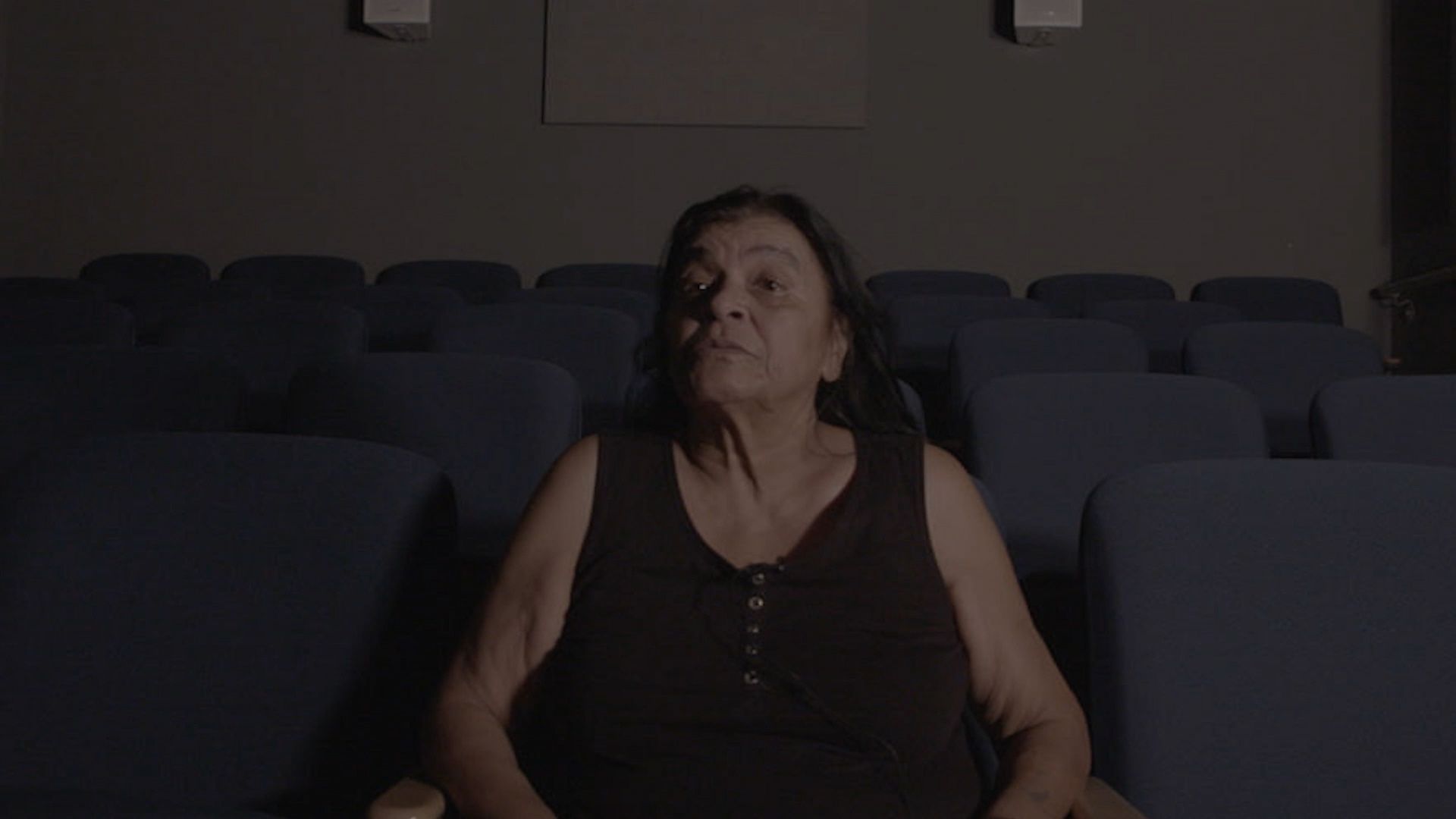
Gladys is an activist and advocate whose personal loss—her niece disappeared along the Highway of Tears—fuels her tireless work for justice. She introduced me to the Highway of Tears as well as the systemic and institutional racism that perpetuates violence against Indigenous women. Her strength and determination to fight for change despite the daily challenges were both inspiring and heart-breaking.
Interview with Mary Stewart
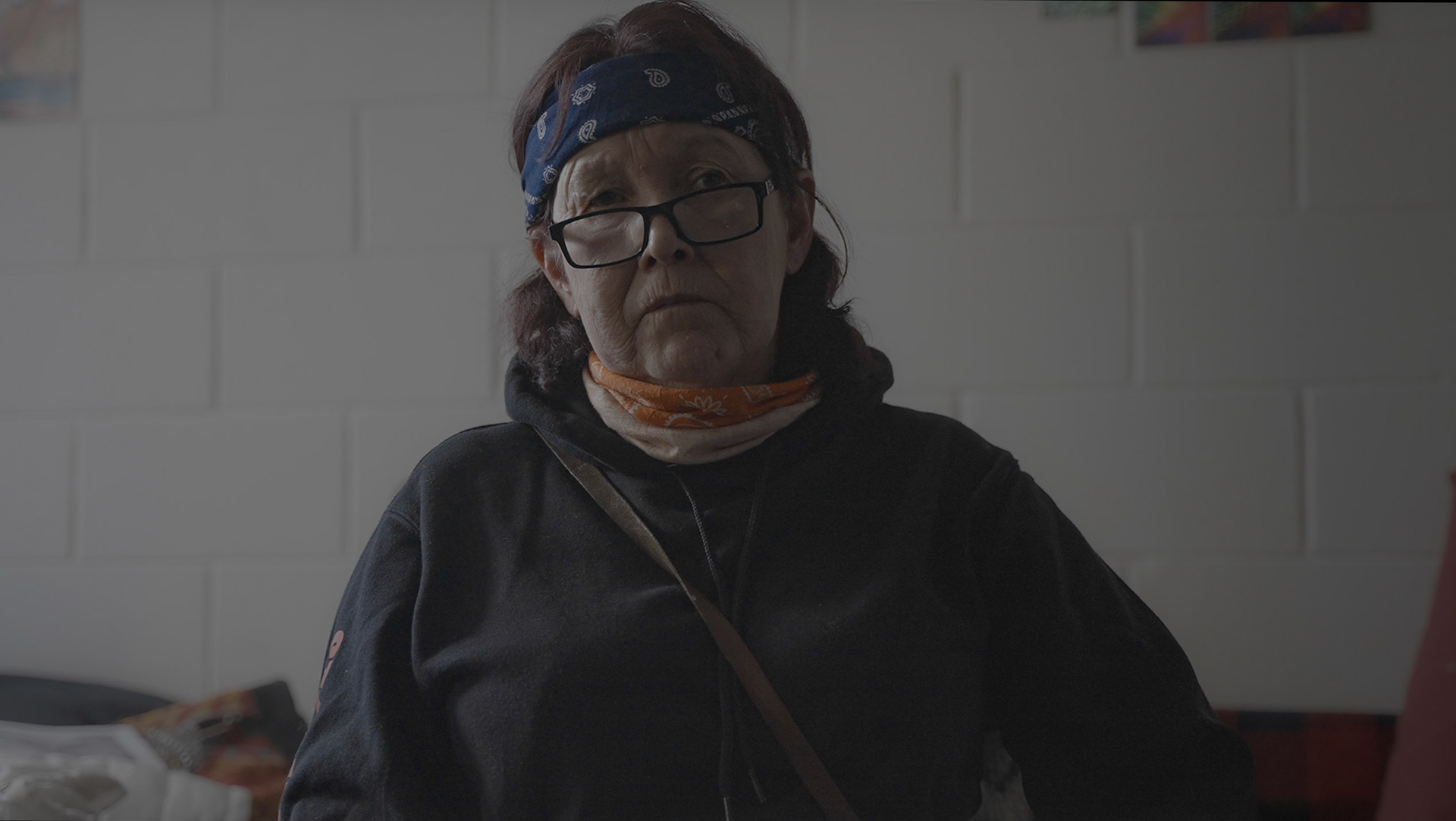
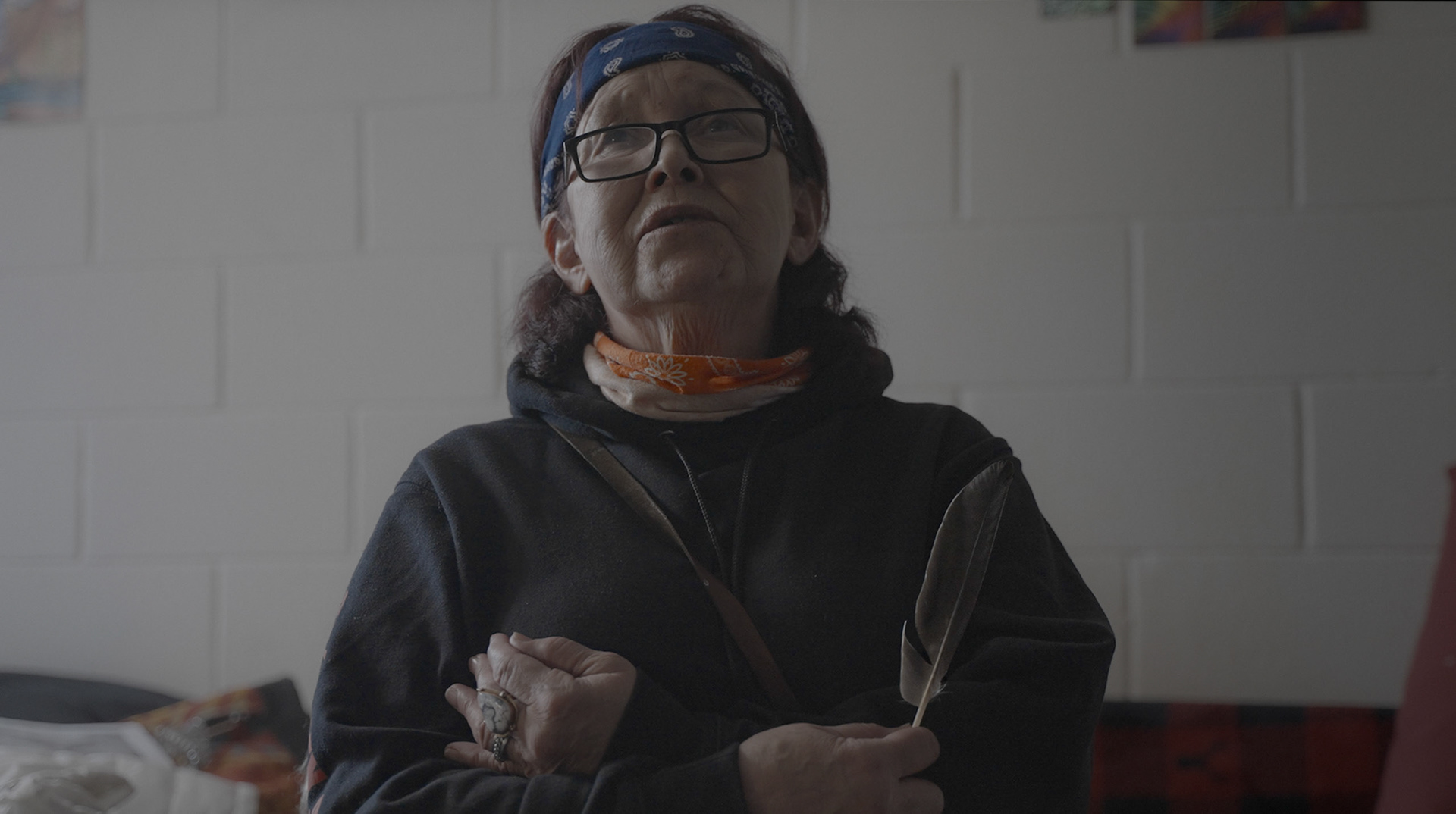
Mary shared with me the wider context of violence faced by Indigenous women across Canada. Her stories revealed the everyday struggles, injustices, and horrific crimes that many endure, highlighting the overwhelming barriers they face. Her experiences demonstrated the urgent need for systemic change and the strength required to confront these issues head-on.
Interview with Krystel Mckinnon
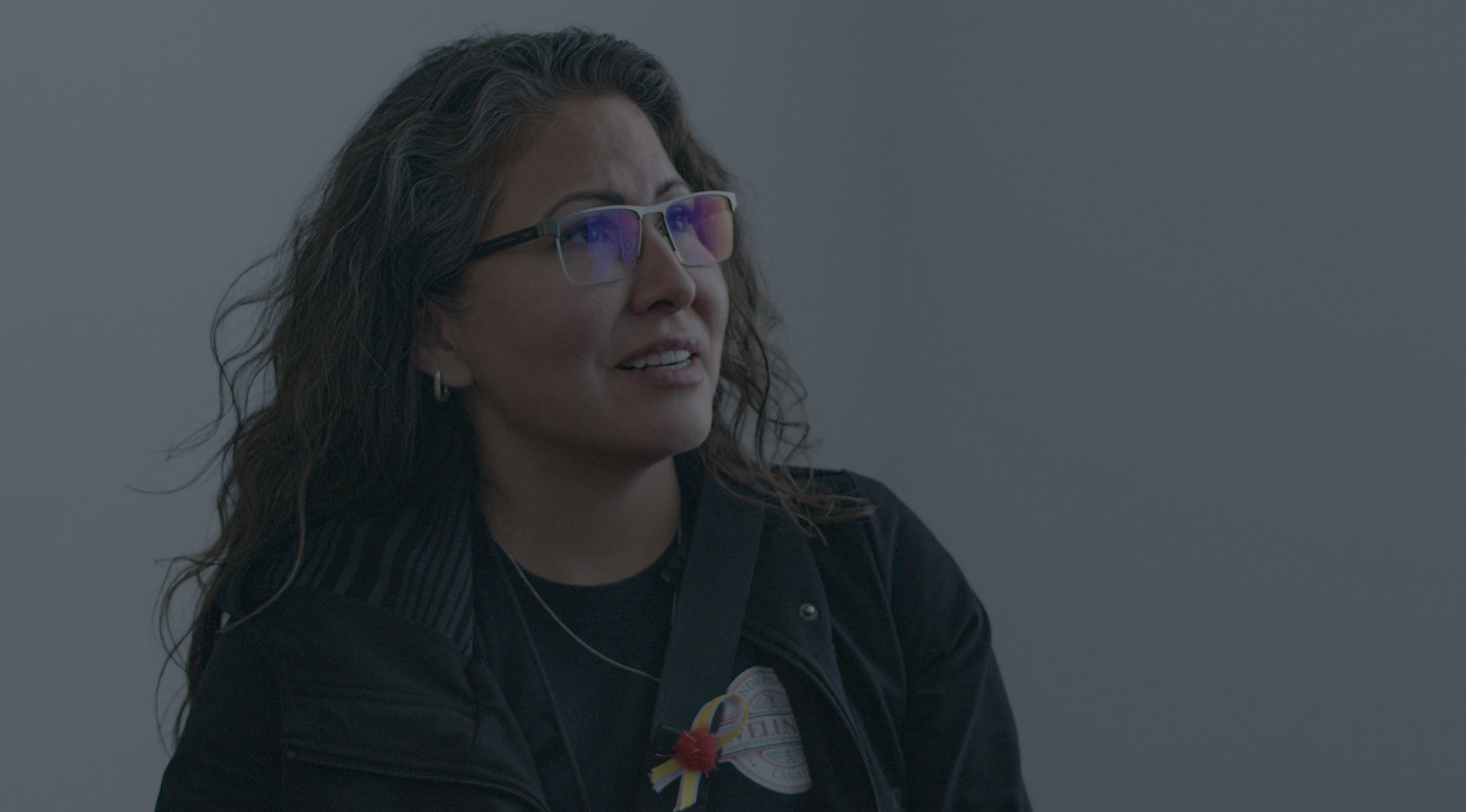
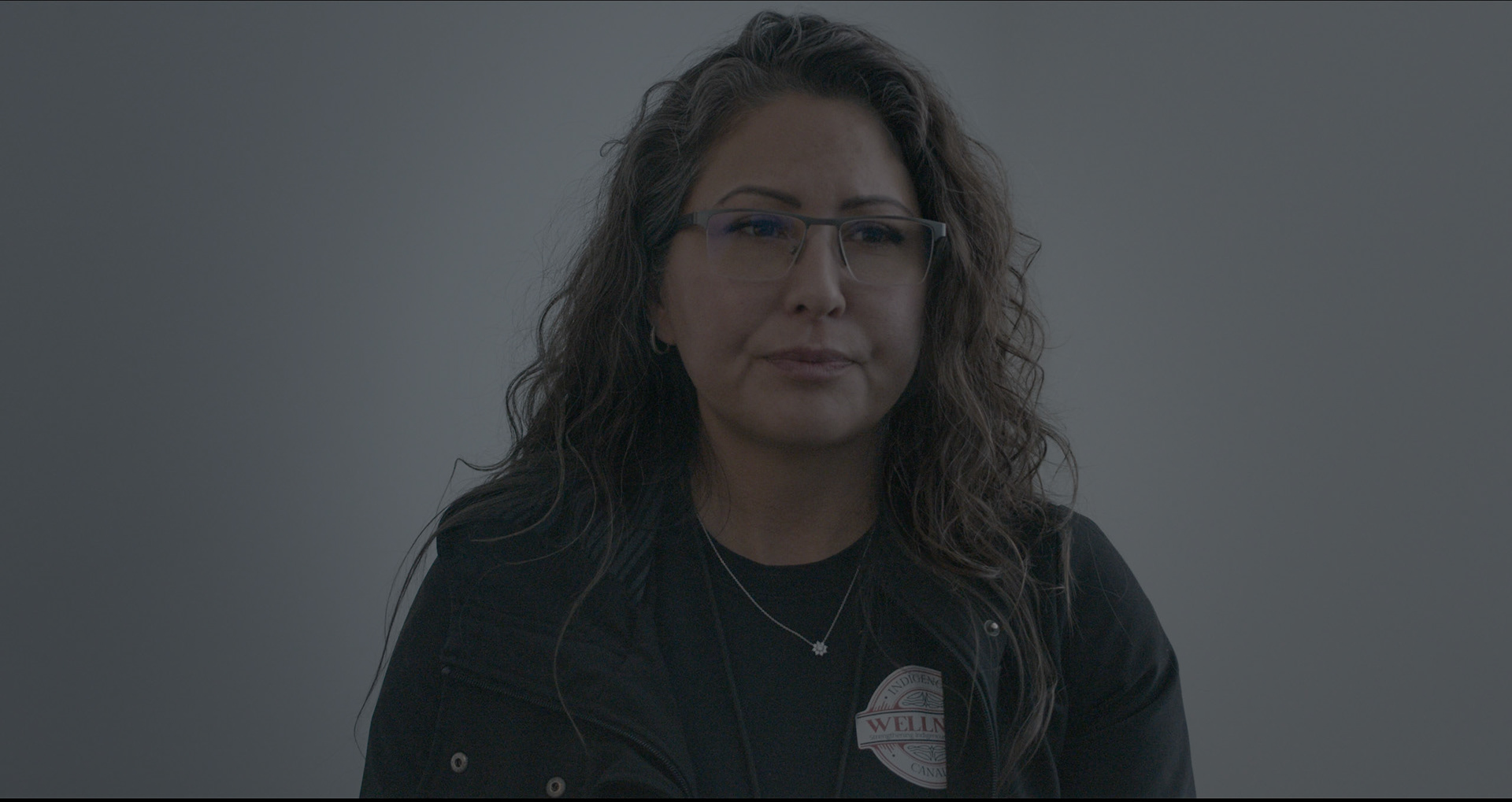
Krystel’s interview shed light on the importance of healing and the strong bonds within communities. She taught me how resilience, cultural practices, and communal support play a vital role in surviving and fighting the injustices they face. Her perspective offered hope and demonstrated the powerful role that connection and tradition have in moving forward.